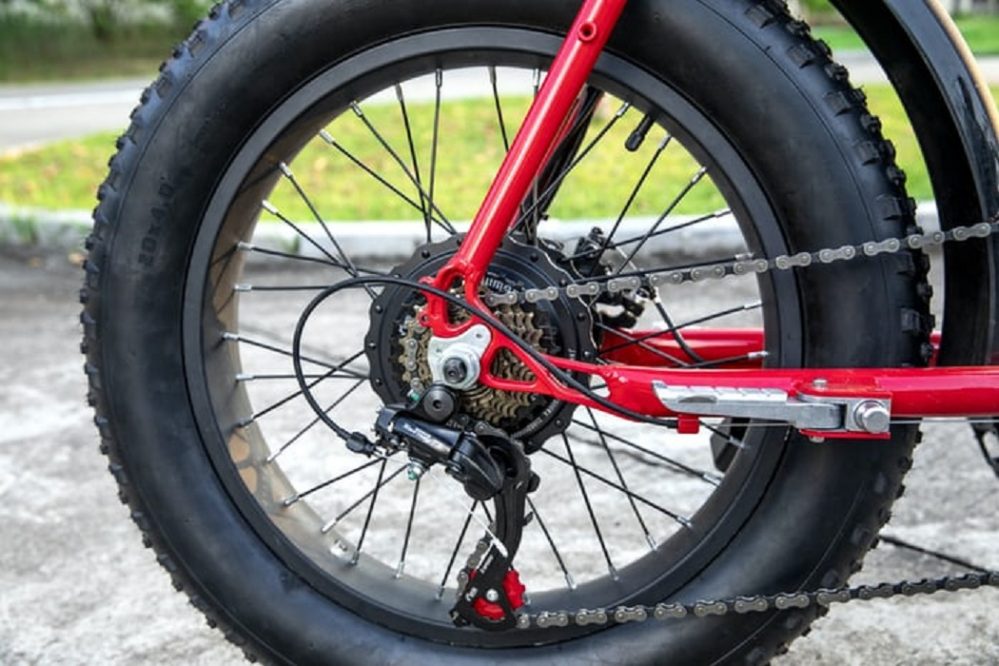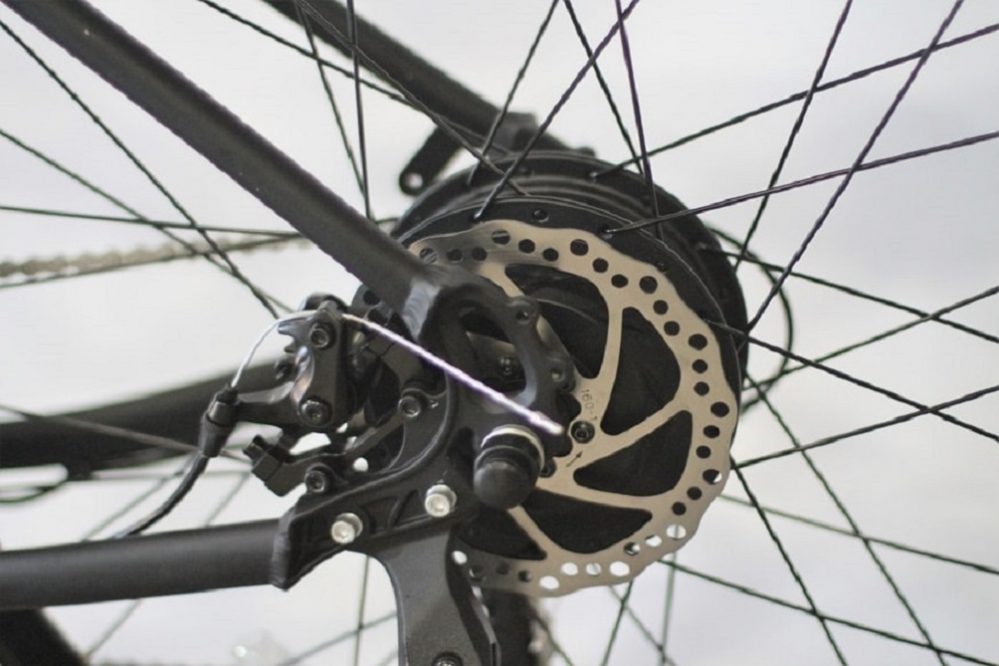Before hitting the road on your bike, there are some safety cautions that you need to consider. Many parts of your bike require constant examination since they tend to wear out quickly, and not replacing them on time may impact your biking quality or even lead to incidents.
A part of your bike that needs frequent inspecting and replacing is the cassette. Since it has an essential role in your bike’s overall performance, the cassette should always be replaced on time and maintained properly.
Below, we explain when and how to change a bike cassette at home.
What Is a Bike Cassette?

A bike cassette is a group of sprockets part of the drivetrain. The cassette is located on the back wheel. They can have anything from 5 to 12 ‘speeds’ and slide onto the freehub, the ratchet system responsible for controlling your bicycle’s drive when you pedal. The 9, 10, and 11-speed cassettes are the most popular.
Cassettes are a crucial part of your drivetrain, and the one on your bike can have a significant impact on your cadence (the revolutions per minute your legs spin) and the overall riding experience.
When Is Time to Change Your Bike Cassette?
High-mileage riders may need to replace their cassette every season, whereas low-mileage riders may need a bike cassette removal only once every few years. It also depends on how well you maintain your bike, particularly your chain; a filthy, gritty chain or an old, stretched-out chain will wear down a cassette more quickly.
Checking the teeth of the cogs to see whether they’re worn down is one technique to know if you need a new cassette. Early or moderate wear will require a trained eye to detect, but severe wear will be noticeable, particularly when compared to the teeth on a new cog. A tooth on a fresh gear will have a flat top, but a worn tooth will have a sharp top.
If you’re encountering skipping while pedaling, especially with a fresh chain, your cassette is probably in need of replacement.
How to Change Your Bike Cassette

The task of replacing a rear cassette is simple and easy to perform when you have the correct equipment. Using the right bike cassette tools will save you a lot of time and make the entire process a lot easier.
Tools
To change your bike cassette, you will need a chain whip tool, or you can use cassette pliers as an alternative.
Next, you will need a lockring tool. They come in various sizes, so make sure you purchase the right one. Some come with a handle, while others come with a guiding pin to keep it in place while you remove it.
During the process, you will need a new cassette as well. Try to pick up a new version of the cassette type you are currently using to make it easier for yourself.
And finally, you will need a new chain. Cassettes and chains wear out at the same time. That is why you’ll want to run a new chain on your freshly put cassette.
Removal
Begin the process by removing the back wheel off the bike. After that, take out the quick-release skewer. Connect one of the cogs with the chain whip tool (or cassette pliers, if you’re using them).
Then, place the lockring tool on the lockring. Use a wrench if the tool doesn’t have a handle. Turn the lockring tool anticlockwise to unscrew and remove the lock ring while holding the cassette in place with the chain whip tool. At this point, you can now take out the old cassette.
Installation
You will need to grab your new cassette to start the installation process. Make sure to take note of the spline positions on the freehub and align each cog and any spacers, with the engraved side facing out and the matching splines (showing the tooth count).
Reinstall the lockring using the lockring tool once the new cassette is firmly in position; it’s a good idea to lubricate the threading at this point. Replace the skewer, then mount your back wheel to your bike and test the new cassette to see if everything runs smoothly.
How to Maintain Your Bike Cassette and Chain
To properly maintain your cassette, you need to clean it. To do so, shift gears until your bike’s chain is on one end of the cassette. Then, take a brush and apply soap or degreaser to the cogs. Brush all the cogs thoroughly, except for the one where the chain is. Next, move the chain to the cassette’s opposite end and clean the remaining cogs.
Once you have cleaned the cassette, it’s time to clean the chainrings. Then just like you did the cassette, apply a significant amount of soap or degreaser to the brush and scrub. When cleaning the chainrings, it can be easier to drop the chain off the chainrings.
It’s now time to clear out your chain. Shift your chain onto the largest chainring if you have more than one. Scrub every side of the chain with a generous amount of soap or degreaser until clean. Using the chainring as a surface to press the chain against, scrub the side plates of the chain.
After you’ve washed everything down, rinse your drivetrain with a mild stream of clean water. Avoid utilizing a high-pressure hose, which can spray water in places where you don’t want it.
You’ve cleaned your chain, but you’re not finished with the whole process yet. Make sure your bike chain is entirely dry before adding a fresh coat of chain lubricant to keep it from rusting. Before applying lubrication, use a leaf blower or an air compressor to dry everything off.
Finally, liberally apply your preferred lubrication, wait a few minutes, then wipe away any excess. You’ll also want to remove as much excess chain grease as possible. Ensure to lubricate between the plates and rollers, but not on the exterior, where dirt and grime might collect.
Conclusion
A bike cassette is one of the essential parts of your drivetrain; therefore, you should constantly keep an eye on it to know when it needs to be changed. When a bike cassette is replaced correctly and on time, it will give you a safe and more enjoyable ride.
Moreover, the maintenance of your bike cassette is just as important. A clean bike cassette will help your bike perform better, run quietly, and prolong its life.




